Forums
- Forums
- Duggy's Reference Hangar
- USAAF / USN Library
- Curtiss SOC Seagull
Curtiss SOC Seagull
Post a reply
- Go to Previous topic
- Go to Next topic
- Go to Welcome
- Go to Introduce Yourself
- Go to General Discussion
- Go to Screenshots, Images and Videos
- Go to Off topic
- Go to Works in Progress
- Go to Skinning Tips / Tutorials
- Go to Skin Requests
- Go to IJAAF Library
- Go to Luftwaffe Library
- Go to RAF Library
- Go to USAAF / USN Library
- Go to Misc Library
- Go to The Ops Room
- Go to Made in Germany
- Go to Campaigns and Missions
- Go to Works in Progress
- Go to Juri's Air-Raid Shelter
- Go to Campaigns and Missions
- Go to Works in Progress
- Go to Skinpacks
- Go to External Projects Discussion
- Go to Books & Resources
-
11 years agoFri Apr 11 2014, 01:12pm
 Main AdminThe Curtiss SOC Seagull was a United States single-engined scout observation biplane aircraft, designed by Alexander Solla of the Curtiss-Wright Corporation for the United States Navy. The aircraft served on battleships and cruisers in a seaplane configuration, being launched by catapult and recovered from a sea landing. The wings folded back against the fuselage for storage aboard ship. When based ashore or on carriers the single float was replaced by fixed wheeled landing gear.
Main AdminThe Curtiss SOC Seagull was a United States single-engined scout observation biplane aircraft, designed by Alexander Solla of the Curtiss-Wright Corporation for the United States Navy. The aircraft served on battleships and cruisers in a seaplane configuration, being launched by catapult and recovered from a sea landing. The wings folded back against the fuselage for storage aboard ship. When based ashore or on carriers the single float was replaced by fixed wheeled landing gear.
The SOC was ordered for production by the United States Navy in 1933 and first entered service in 1935. The first order was for 135 SOC-1 models, which was followed by 40 SOC-2 models for landing operations and 83 SOC-3s. A variant of the SOC-3 was built by the Naval Aircraft Factory and was known as the SON-1.
The first ship the SOC was assigned to was the USS Marblehead in November 1935; by the end of the decade, the SOC had replaced its predecessor throughout the fleet. Production came to an end in 1938. By 1941, most battleships had transitioned to the Vought OS2U Kingfisher and cruisers were expected to replace their aging SOCs with the third generation SO3C Seamew. The SO3C, however, suffered from a weak engine and plans to adopt it as a replacement were scrapped. The SOC, despite being a craft from an earlier generation, went on to credibly execute its missions of gunfire observation and limited range scouting missions.
Through the first six months of naval service, the SOC was known as the XO3C-1 The designation was changed to SOC when it was decided to merge its scouting and observation roles. The SOC was not called the Seagull until 1941, when the U.S. Navy began the wholesale adoption of popular names for aircraft in addition to their alpha-numeric designations. The name 'Seagull' had earlier been given to two civil Curtiss aircraft, a Curtiss Model 18 and a Model 25, both converted Curtiss MF flying boats.
When operating as a seaplane, returning SOCs would land on the relatively smooth ocean surface created on the sheltered side of the vessel as it made a wide turn, after which the aircraft would be winched back onto the deck.
When the SOC had been replaced by the OS2U Kingfisher, most remaining airframes were converted into trainers, and were used until 1945. But in a strange twist of history, with the failure of the Curtiss SO3C Seamew, many SOCs in second line service were returned to front line units starting in late 1943 and saw service aboard warships in the combat zone for the rest of World War II. This is one of the few instances in aviation history of an older aircraft type that was retired or sent to second line service, replacing the new aircraft type, that was supposed to replace it.
XO3C-1 (Curtiss Model 71)
Prototype aircraft, powered by 550 hp (410 kW) Pratt & Whitney R-1340-12 engine. One built, re-designated XSOC-1 on 23 March 1935.
SOC-1 (Curtiss Model 71A)
Initial production version, with 500 hp R-1340-18 engine enclosed in NACA cowling. Interchangeable float and wheeled undercarriage. 135 built


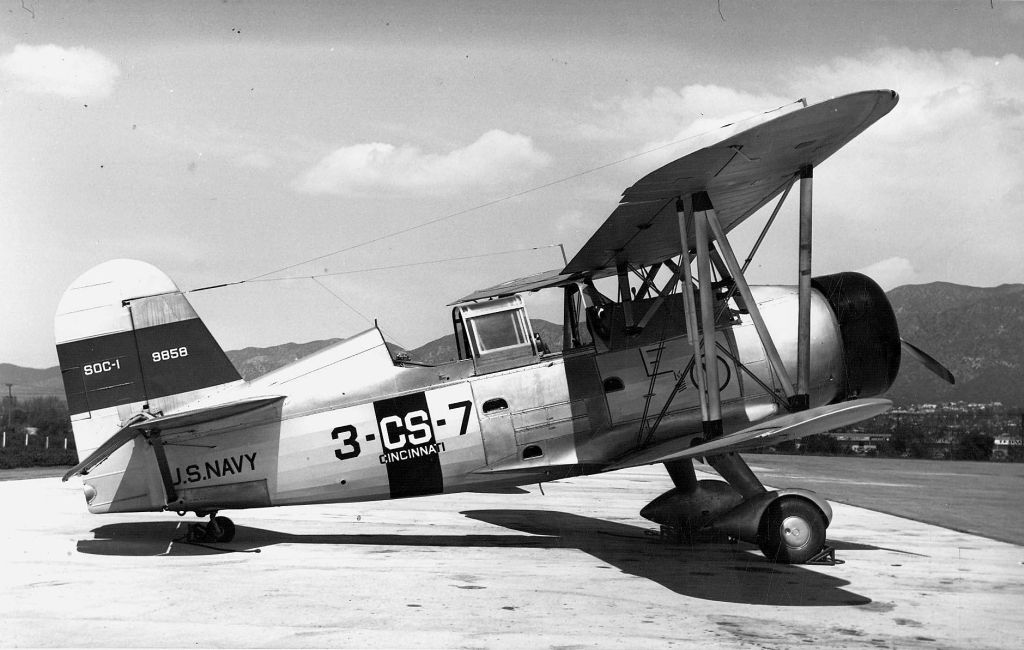


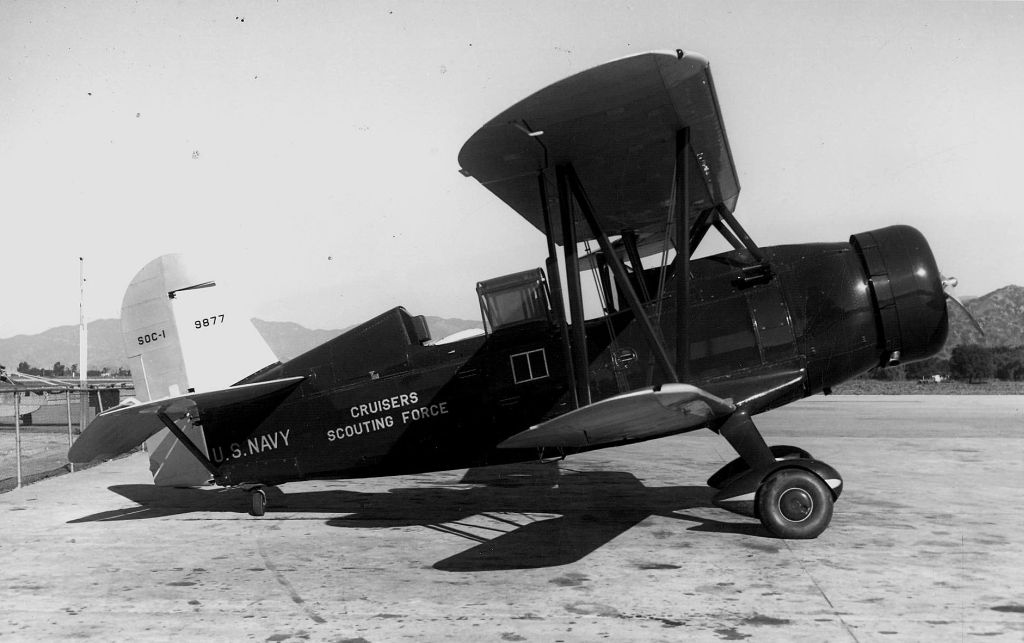

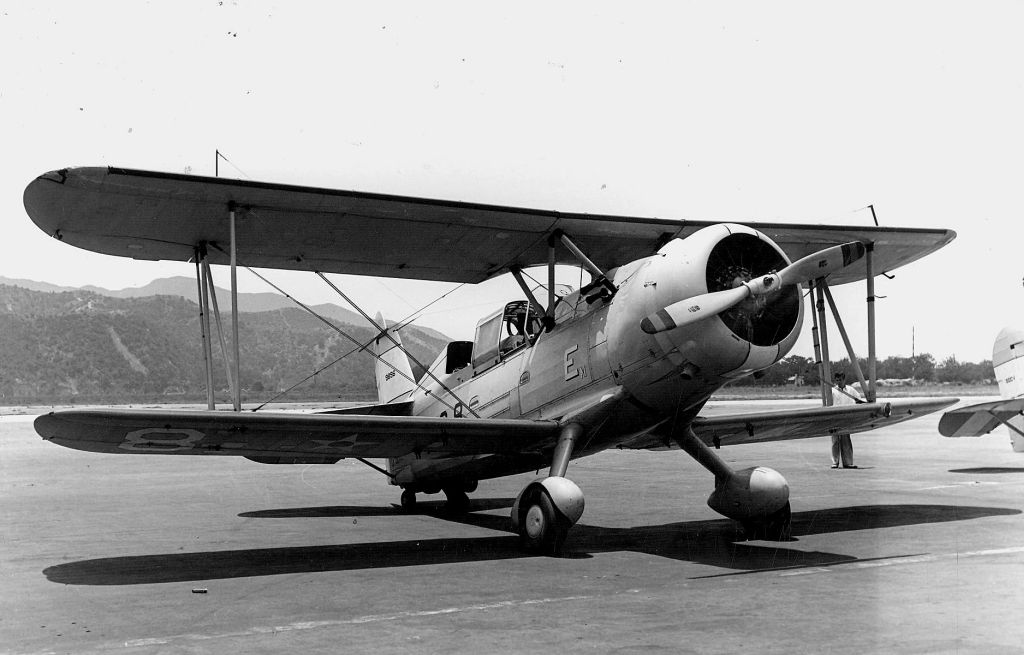


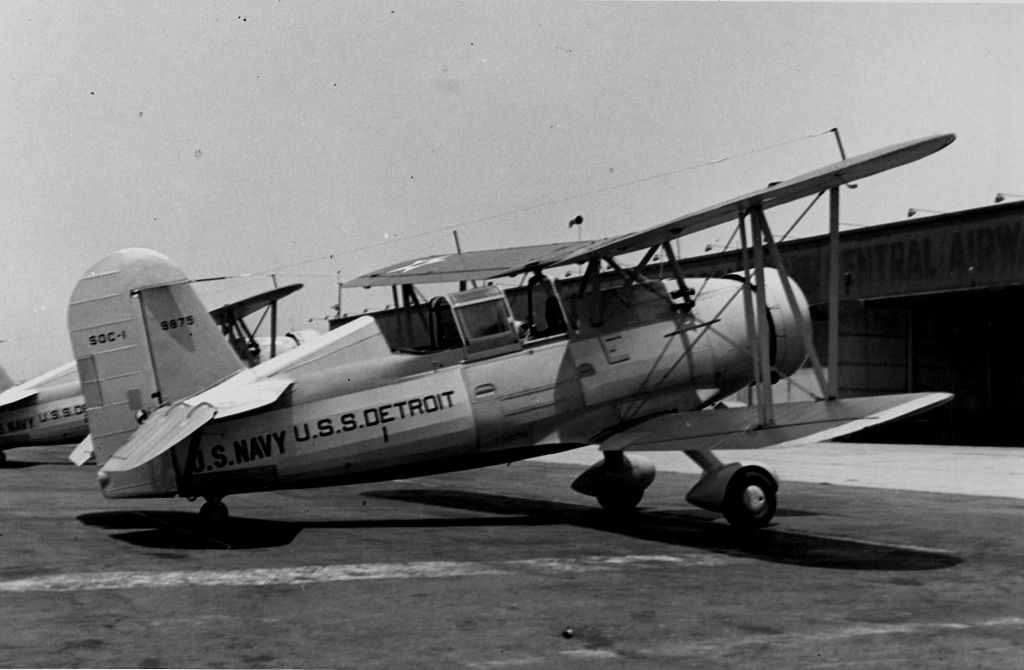







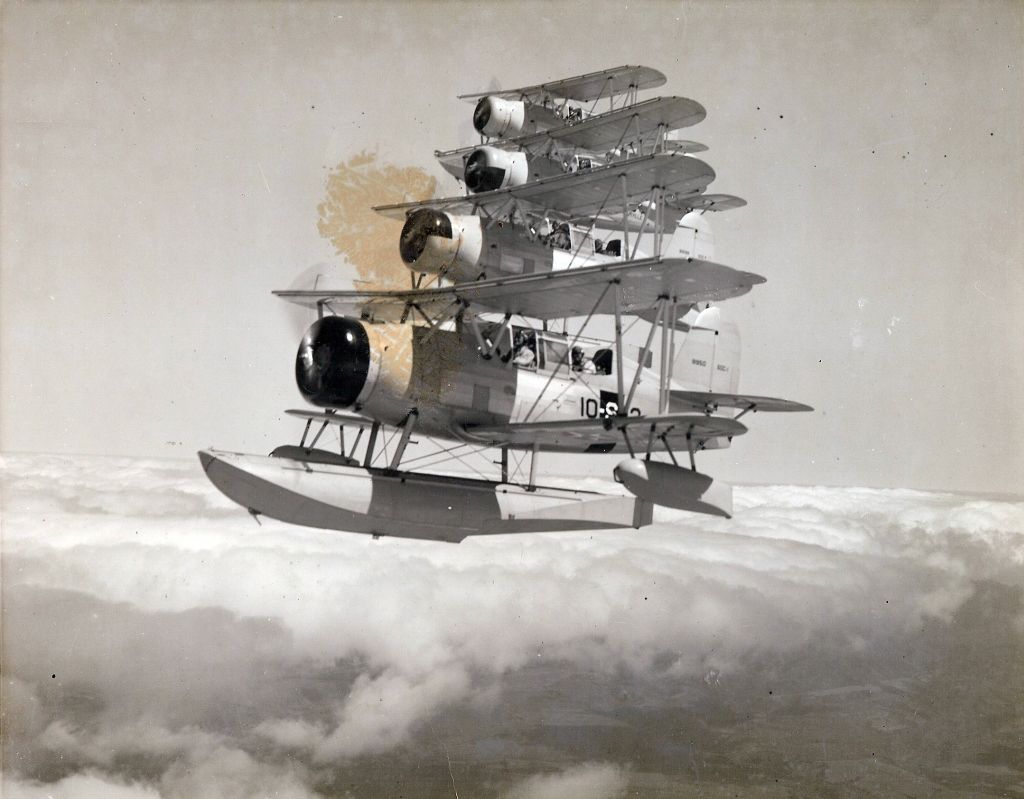





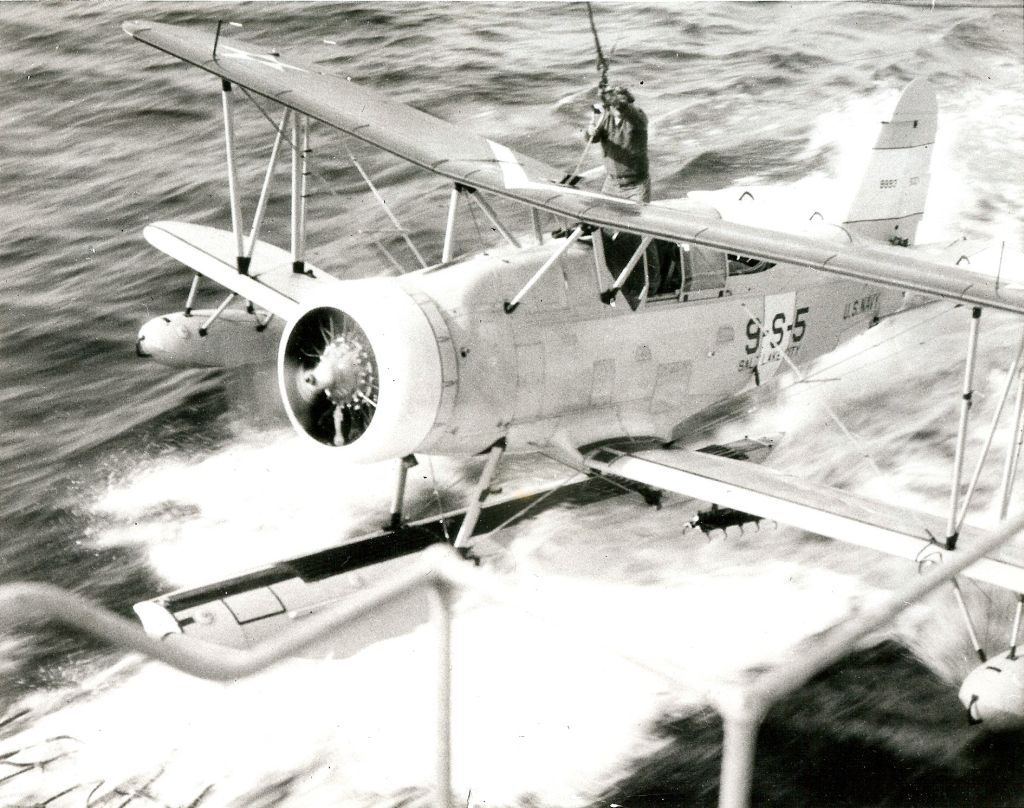




SOC-2 (Curtiss Model 71B)
Minor changes, with R-1340-22 engine. 40 built. Wheeled undercarriage only
XSO2C-1 (Curtiss Model 71C)
Improved version. One prototype only, no production
SOC-3 (Curtiss Model 71E)
Similar to SOC-2, but with interchangeable undercarriage. 83 built by Curtiss as SOC-3 with further 44 built by the Naval Aircraft Factory as the SON-1






SOC-3A
All SOC-4s were transferred to the U.S. Navy in 1942 (BuNo 48243, 48244, 48245, respectively), which modified them SOC-3A standard, meaning the fitting of a deck arrester gear.
SOC-4
(Curtiss Model 71F): The U.S. Coast Guard acquired the final three SOC-3 Seagulls produced by Curtiss in 1938 and these were designated as SOC-4s. They were assigned the USCG call numbers V171, V172, and V173







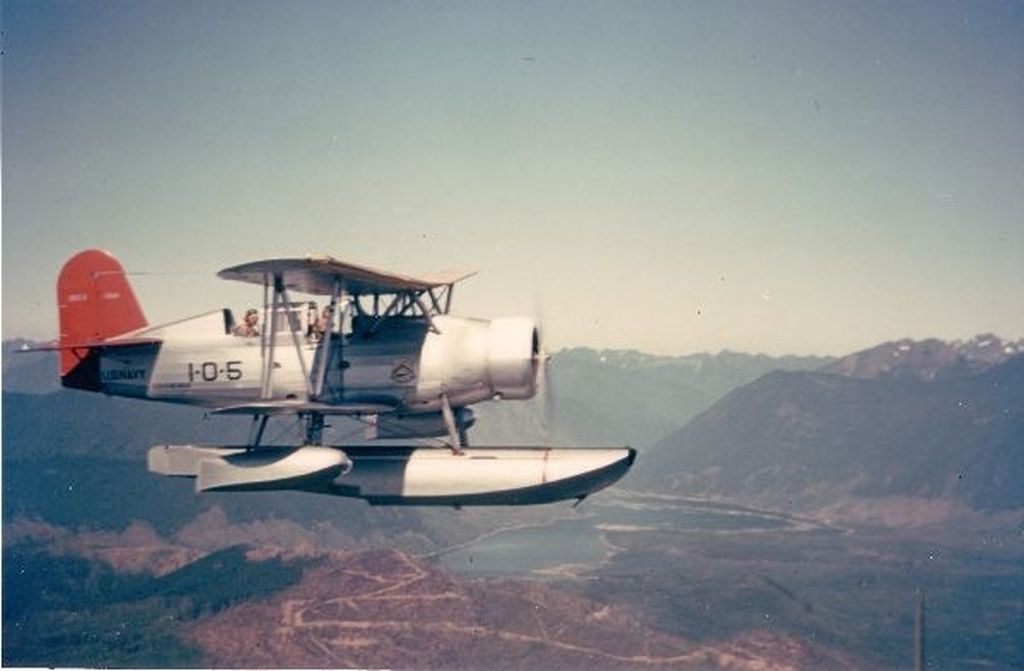


General characteristics
Crew: 2, pilot and observer
Length: 31 ft 5 in (9.58 m)
Wingspan: 36 ft 0 in (10.98 m)
Height: 14 ft 9 in (4.50)
Wing area: 342 ft? (31.8 m?)
Airfoil: NACA 0010 (upper wing); NACA 2212 (lower wing)[16]
Empty weight: 3,788 lb (1,722 kg)
Loaded weight: 5,437 lb (2,471 kg)
Powerplant: 1 ? Pratt & Whitney R-1340-18 single-row, nine-cylinder, air-cooled radial engine, 550 hp (410 kW)
Performance
Maximum speed: 165 mph (143 knots, 266 km/h) at 5,000 ft (1,500 m)
Cruise speed: 133 mph (116 knots, 214 km/h)
Stall speed: 55.9 mph[16] (90 km/h)
Range: 675 mi (587 nmi, 1,086 km)
Service ceiling: 14,900 ft (4,540 m)
Rate of climb: 915 ft/min[12] (4.64 m/s)
Wing loading: 15.9 lb/ft? (77.7 kg/m?)
Power/mass: 0.10 hp/lb (0.17 kW/kg (9.6 lb/hp))
Armament
Guns: 1? fixed, forward firing 0.30 in (7.62 mm) Browning M2 AN and 1? flexible mounted rear-firing 0.30 in (7.62 mm) Browning M2 AN machine gun
Bombs: 650 lb (295 kg) of bombs
Regards Duggy
Post a reply
- Go to Previous topic
- Go to Next topic
- Go to Welcome
- Go to Introduce Yourself
- Go to General Discussion
- Go to Screenshots, Images and Videos
- Go to Off topic
- Go to Works in Progress
- Go to Skinning Tips / Tutorials
- Go to Skin Requests
- Go to IJAAF Library
- Go to Luftwaffe Library
- Go to RAF Library
- Go to USAAF / USN Library
- Go to Misc Library
- Go to The Ops Room
- Go to Made in Germany
- Go to Campaigns and Missions
- Go to Works in Progress
- Go to Juri's Air-Raid Shelter
- Go to Campaigns and Missions
- Go to Works in Progress
- Go to Skinpacks
- Go to External Projects Discussion
- Go to Books & Resources
